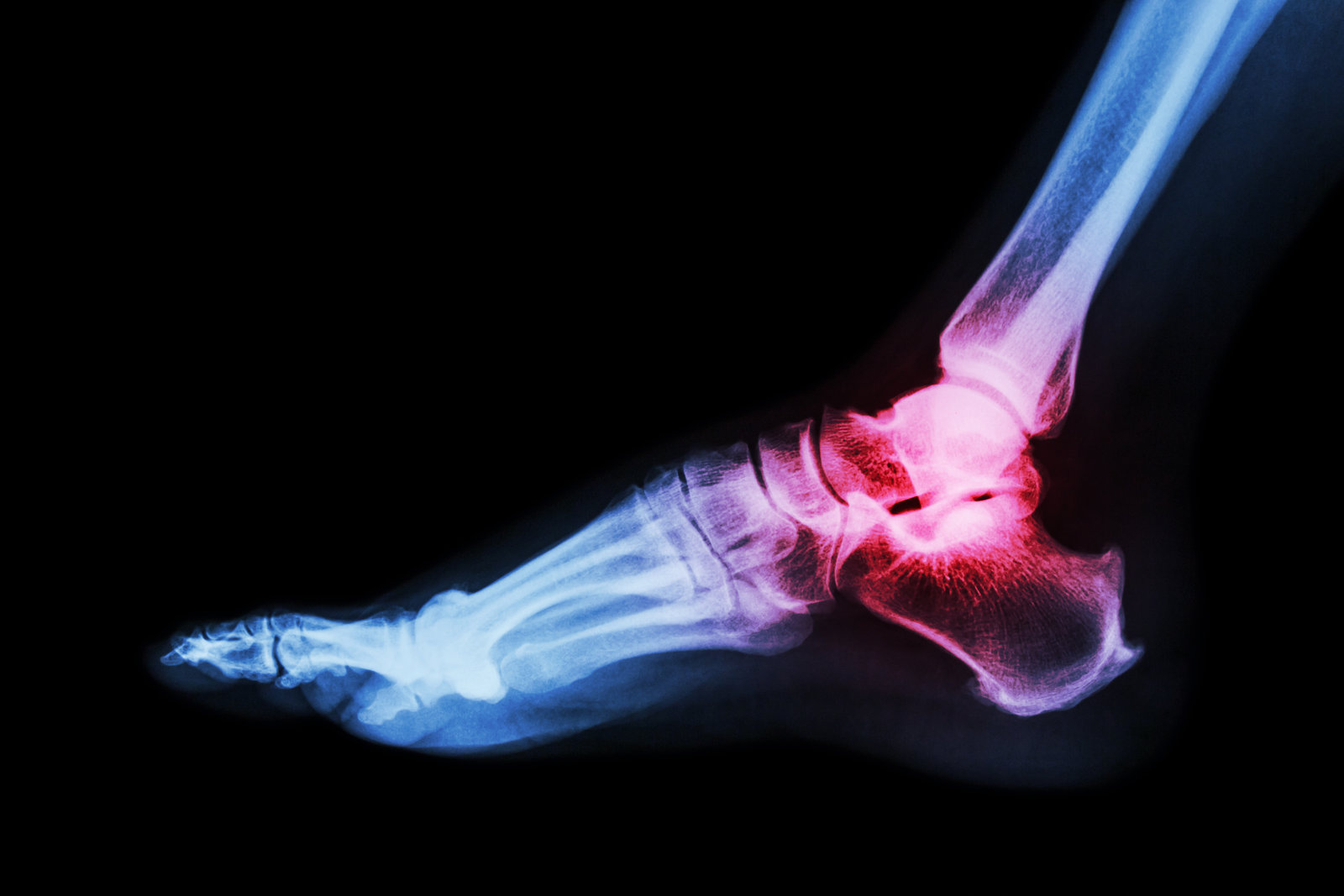Managing Heel Pain: Causes, Symptoms, and Treatment
Heel pain stands out as one of the most frequent complaints addressed by our foot and ankle surgeons. With a range of underlying causes, understanding the specifics of heel pain is key to effective treatment and relief.
Diverse Causes of Heel Pain
While several conditions can lead to heel pain, plantar fasciitis is the most common culprit. This inflammation of the plantar fascia, the tissue spanning the bottom of the foot from the heel to the toes, often results from a tight Achilles tendon. Additionally, heel spur syndrome, characterized by a bony growth on the heel, can contribute to discomfort.
Factors such as foot structure, including excessive flatfoot or high arches, can predispose individuals to plantar fasciitis. However, this condition can affect anyone, regardless of foot type. Other potential causes necessitating exclusion by a specialist include:
- Fat Pad Atrophy: Thinning of the protective cushioning under the heel.
- Stress Fractures: Microfractures in the heel bone (calcaneus) due to overuse.
- Nerve Impingement: Compression of nerves near the heel, leading to pain.
- Biomechanical Imbalances: Issues in foot alignment or function affecting heel health.
Custom orthotic devices can offer significant benefits to patients by addressing specific biomechanical factors contributing to heel pain.

Symptoms to Watch For
Heel pain typically manifests as discomfort at the bottom of the foot, especially acute in the heel area and possibly extending into the arch. It’s often most intense first thing in the morning or after periods of rest, worsening throughout the day or after prolonged sitting.
Diagnostic Approach
A comprehensive evaluation by a foot and ankle surgeon, including a detailed history, physical examination, and radiographic imaging, is essential to pinpoint the exact cause of heel pain. This thorough diagnostic process ensures that treatment is accurately tailored to the individual’s condition.
Tailored Treatment Options
Treatment plans are customized based on the patient’s specific symptoms and lifestyle needs. Options include:
- Advanced Laser Therapy: A non-invasive technique favored by many professional athletes for its effectiveness in speeding up recovery and alleviating pain without the need for surgery.
- Orthotic Solutions: Custom-fitted orthotic devices designed to correct biomechanical imbalances, providing support and relief from heel pain.
- Physical Therapy: Exercises and techniques aimed at stretching and strengthening the foot and ankle to alleviate symptoms and prevent recurrence.
- Medication: Anti-inflammatory drugs may be prescribed to reduce pain and swelling.
Conclusion
Heel pain, while a common issue, should not be overlooked or endured silently. With a variety of underlying causes, each requiring a specific treatment approach, seeking professional evaluation and treatment is crucial. At our clinic, we are committed to diagnosing the root cause of your heel pain and providing advanced, personalized treatment options to get you back on your feet, pain-free. Whether through custom orthotic solutions or innovative laser therapy, our goal is to ensure that every patient achieves optimal foot health and quality of life.

